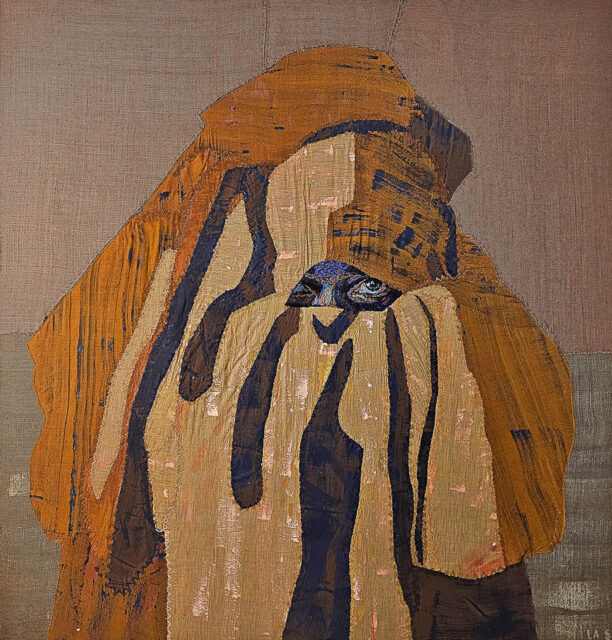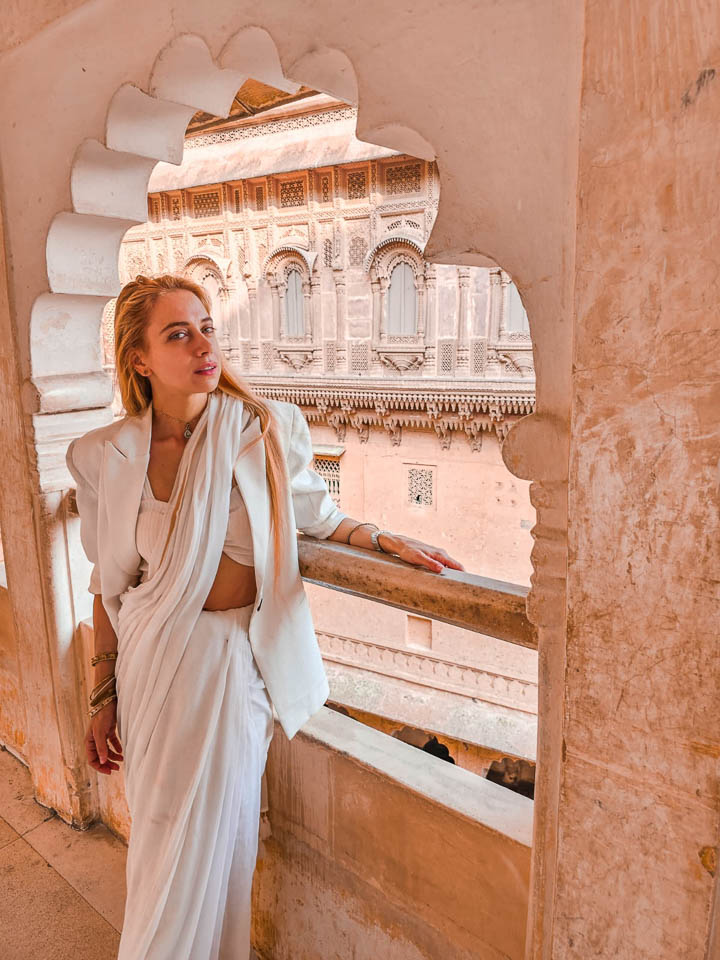Mila Supinskaya doesn’t fit into neat categories. Trained as a photographer and designer, she’s also made a name for herself with raw, intimate embroidery pieces that speak to mental health, identity and displacement. Her practice blends craft and digital media, personal narrative and public dialogue. Originally from Ukraine and now based in India, with time spent in the UAE, Mila brings a global yet deeply personal lens to everything she makes.
Q: You describe yourself as an artist, photographer and designer. How do these roles intersect in your work?
Mila: They’re all about storytelling. Whether I’m behind a camera, stitching thread, or designing graphics, I aim to communicate a feeling or idea. Each medium offers a different way to explore that.
Q: Your embroidery work has gained attention recently. What drew you to this medium?
A: Embroidery allows me to slow down and reflect. It’s tactile and meditative. The embroidery journey started in 2017, when I was living with anxiety in depression, and it became a way to process emotions and stay grounded. Unlike working in front of the screen – it’s healing.

Embroidery with cotton thread, and textile collage on jute
52 x 50 inches
2024
Q: You’ve spoken about your “Depressed Art” series. Can you share more about that?
A: It began in 2015 when I was first diagnosed the illness. I took self-portraits to visualise my internal state. It wasn’t about aesthetics but honesty. Sharing it helped me and others feel less alone.
Q: You’ve worked with brands like Lipton and Qatar Airways. How do you balance commercial projects with personal art?
A: I approach both with intention. Commercial work pays the bills and hones my skills. Personal projects feed my soul. I need both to stay creatively alive.
Q: What’s your creative process like?
A: I start with a question or my own emotion. Then I choose the medium that best expresses it. I’m not precious about tools—what matters is clarity of intent.
Q: You’ve lived in Ukraine, Indonesia, India, and the UAE. How has that shaped your perspective?
A: I could see local worlds with outsider’s eyes, like a child, and learn from them. Ukraine is full of rawness and kindness but also pain, and I don’t think our culture offers answers to how to help that pain.
I’ve always been seeking these answers wherever I went. And along with many of them, I found new stories, textures, colours. I carry them into everything I create.
Q: What advice would you give to emerging artists?
A: Don’t wait for permission. Make what you need to make. Share it. Someone out there needs to see it.
Q: What’s next for you?
A: I’m exploring large-scale embroidery installations and collaborating with other artists. I want to keep pushing boundaries and connecting with audiences in new ways.
